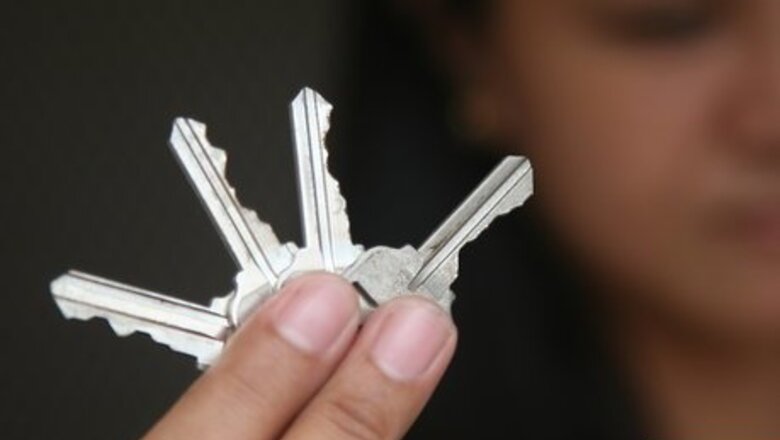
views
Plan Your Design
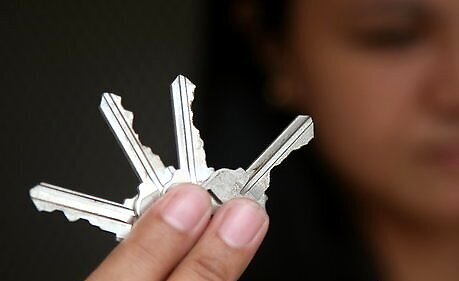
Organize old keys into piles. Put keys that went to old vehicles in one pile, keys to former residences in another, etc. If you come across “mystery” keys, you may as well toss them now.

Determine what kind of artwork you’d like to create. For example, if you want to design a special anniversary gift for your parents, find old keys they used through the years, displaying the keys with the most significance.
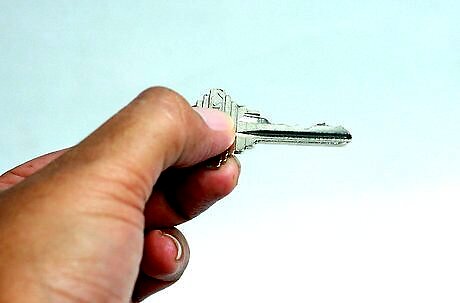
Consider how you’d like to display the keys and tell your story. A shallow shadow box will hold keys nicely on display and provide you with room to write or type the key origin. Or, you could mount the keys on a board or canvas. Determine how you’d like to display them based on room design and the owner’s taste.
Preparation
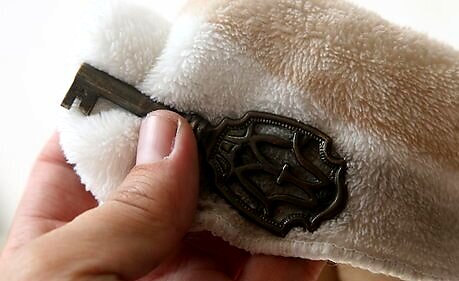
Clean and polish the keys. Especially if the key is old, try to remove any dust, rust or grime from the key before using it in your piece.

Measure the inside of the “frame” surface to determine how you will display the key(s). Depending on the number of keys you select and the size of the frame, mark out space for where you will mount the key and include the origin or a small story.
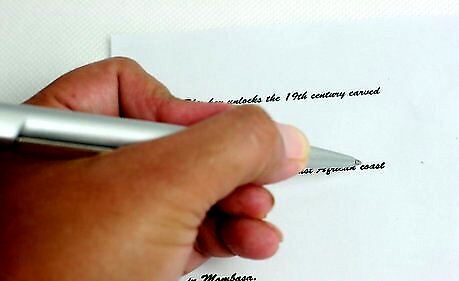
Write a rough draft of each key's origin/story. Part of what makes this piece powerful is the story behind the key, so pay attention to detail. You’ll need to see how long or big the origin or size will be before you transfer it to the frame, so pre-write it. Or, if you plan to type, print and cut out before you mount, do this now.
Attaching the Keys
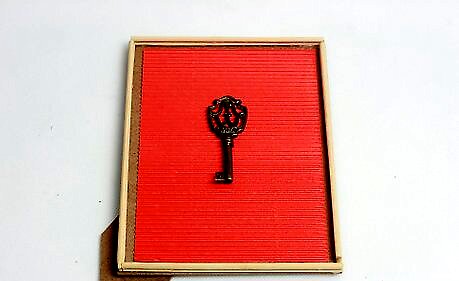
Cover the back of the first key with glue and affix it to the board or box's board. Lay the board or box on a hard flat surface before gluing. Allow the key to adhere for a few hours before moving the box or board.
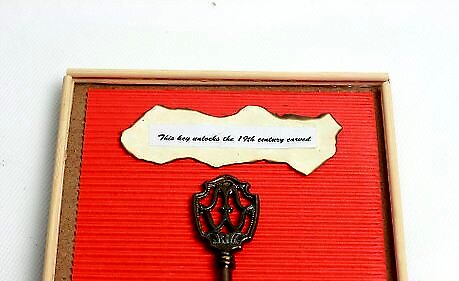
Add the origin story to the first key. Hand write or glue the typed origin in the area you’ve designated.
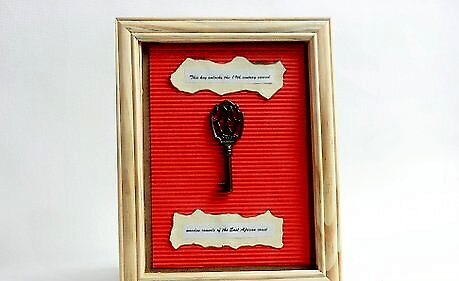
Continue adding keys to pre-determined spots, as well as origin stories until you're finished.
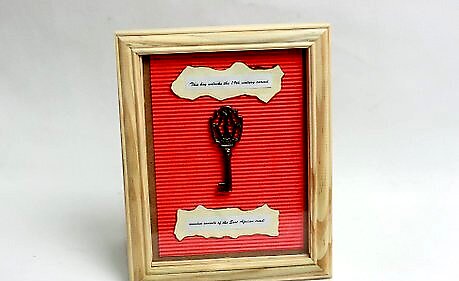
Finished. The artwork can now be hung.














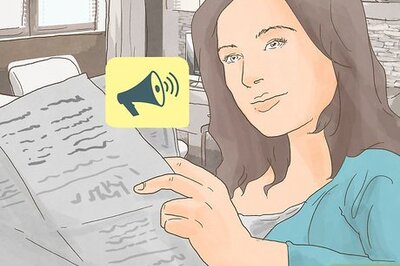





Comments
0 comment